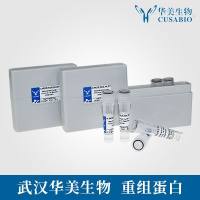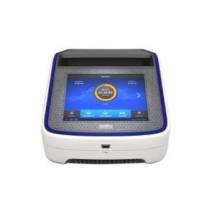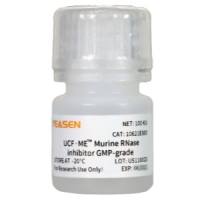BOLD MRI Applied to a Murine Model of Peripheral Artery Disease
互联网
720
Peripheral artery disease (PAD) is the narrowing or complete occlusion of vessels due to the progression of atherosclerosis. Ultimately, the reduction in blood supply, due to a reduced lumen diameter, results in a functional deficit, e.g., reduced mobility. Because function is closely tied to blood flow through large-caliber vessels, therapeutic development to treat PAD has recently focused on arteriogenesis rather than angiogenesis. Optimally, the preclinical investigations related to such therapeutic development would take place in murine models of PAD to allow for future studies utilizing transgenic strains. However, it can be challenging to quantify functional recovery of the peripheral vascular network in murine models. The purpose of this work is to provide a protocol of temporally and spatially resolved methods for functional assessment of arteriogenesis in a murine model.









